MySQL Database Administration Essential Guide
Grab a coffee, sit back, and learn MySQL Database Administration with TurboGeek MySQL|MariaDB Database Administration and SQL Language Basics In this MySQL Tutorial article, I will introduce you to MySQL Database Administration tasks needed for MySQL. The purpose is to allow system administrators to perform some basic administration tasks before...

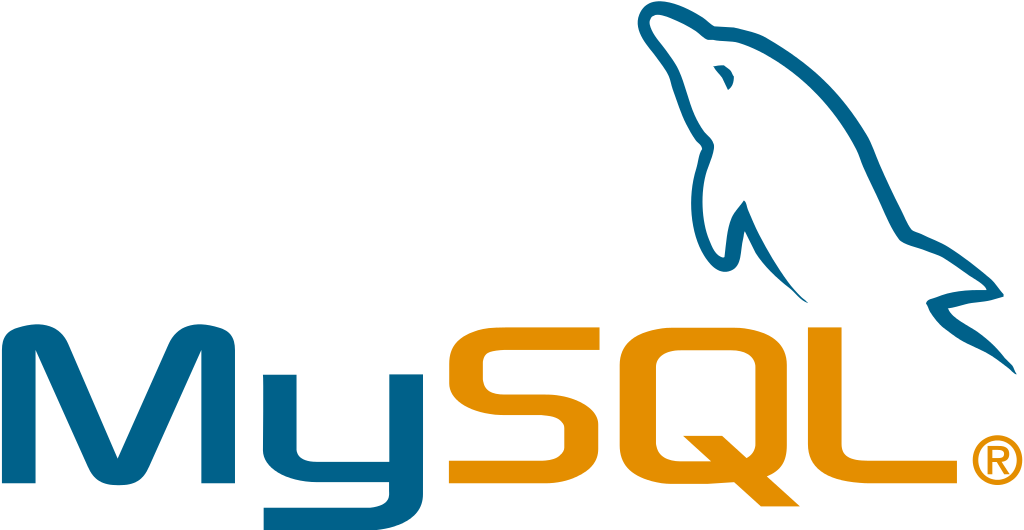

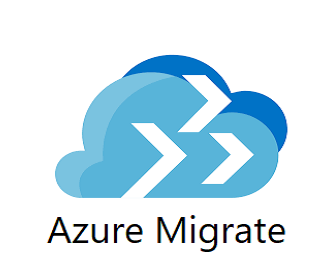
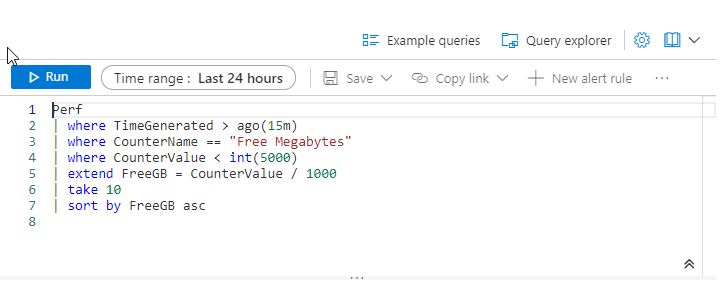


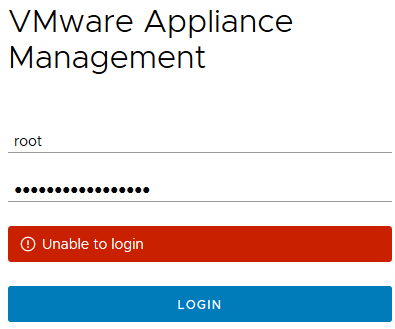
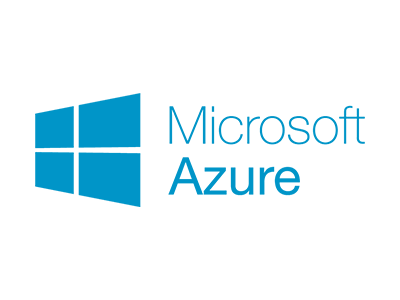

Recent Comments